| Composer's Voice Concert | ![[ Vox Novus - the new voice for contemporary music ]](http://www.voxnovus.com/img/Vox_Novus_Logo_black.png) |
| Sonnets | |
| March 22, 2009 | |
| Christ & St. Stephen's Church 120 West 69th Street New York, New York 10023 |
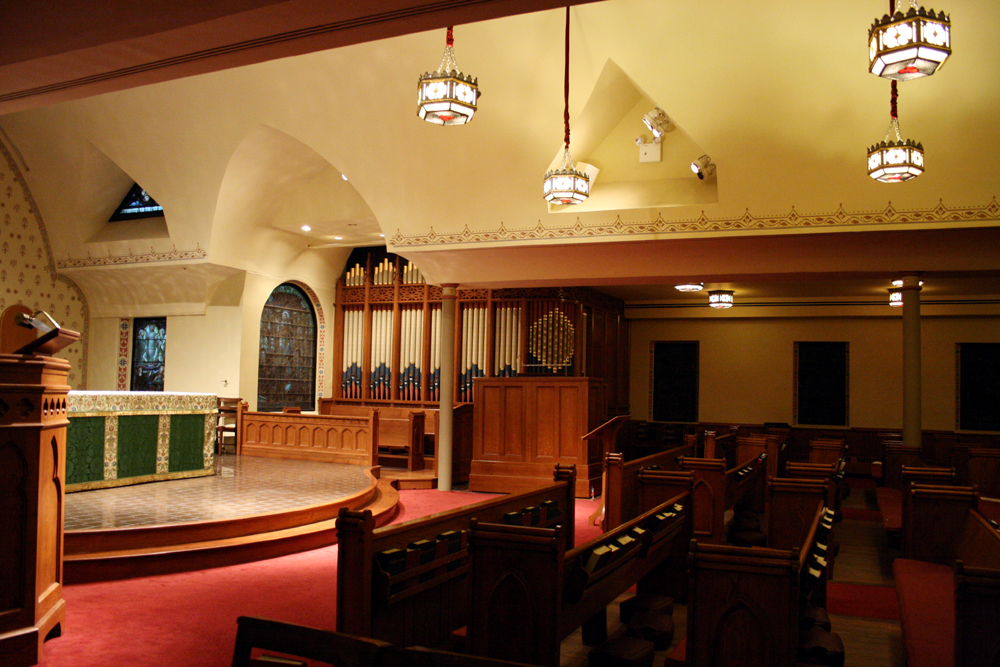 |
Compsoers Voice presents performances by:
Jordan McLean, Derin Oge, Margaret Schedel, Margaret Mills,
Anneke Schaul-Yoder, Betty Wishart and Jeri-Mae Astolf
Vox Novus exists to promote the composers, musicians, and producers of contemporary music. To accomplish this, Vox Novus sponsors concerts and a core group of musicians who perform New Music. The Vox Novus community also allies itself with other organizations to hold many concerts in different regions throughout the world. Through these alliances, we promote concerts in an exchange of talent, ideas, and resources. The music community has a long tradition of being pan-geographic, and this idea has only reinforced the concert process. Eager audiences are recruited from different areas of the world and thus further the exposure of contemporary music. |
| Title | Composers | Performers |
| Power in ? | Jordan McLean | Derin Oge, piano |
| albedo.12 | Margaret Schedel | Margaret Schedel, ‘cello |
| Sonata (Adagio-Scherzo-Adagio) | Betty Wishart | Margaret Mills - Piano |
| Mompou songs | Federico Mompou (1893–1987); arr. Jordan McLean |
Jordan McLean's Piano Music & Song Trio Jordan McLean -trumpet & flugel horn; Derin Oge -piano Anneke Schaul-Yoder – ‘cello |
| Remembrance | Betty Wishart | Jeri-Mae Astolf i- Piano |
| Drei Kinerstucke | Brian Belet | Jeri-Mae Astolfi - piano |
| Toccata II | Betty Wishart | Jeri-Mae Astolfi- piano |
| Performers | |
| Jeri-Mae Astolfi, a native of Canada, has been engaged in an active and diverse musical career from an early age. Her keen interest in new music has led to the commission, première, and performance of many new works, both solo and collaborative, which have been featured on live radio broadcasts and on recordings. Her latest CD, Chroma: New Music for Piano includes the pieces she is performing today. The recipient of numerous awards, scholarships, and grants, Astolfi’s professional activities have taken her throughout Canada, the United States and abroad. Reviewers have described her as “brilliant”, “jaw dropping”, and “a pleasure to listen to”. Dr. Astolfi is currently a member of the music faculty at the University of Wisconsin-Oshkosh. | |
| Derin Oge was born in Turkey and began her piano studies at age nine, winning her first competition when she was 11. In 2004, she recorded Mozart’s Sonata in B flat major for the European Broadcast Union. She has studied in Salzburg, Austria and Groningen, Holland. She is a graduate of the MSGSU State Conservatory and received her master of music degree from State University of New York, Purchase in May. She also received her Artist Diploma degree and is a piano teacher at the same university. She has recorded two cds for Agni Records, including the Piano Music & Song Trio and a cd of solo piano works and 4 hands piano music. | |
| Margaret Mills enjoys an international reputation as a concert pianist, having performed through the United, States, Europe and China. In addition to her frequent appearances at universities and festivals, Ms. Mills has given solo recitals in Wigmore Hall, London; Brahms-Saal, Vienna; Merkin Concert Hall, Alice Tully Hall and Weill Recital at Carnegie Hall in New York City. Her repertoire includes traditional European music alongside newer American works, many of them by women composers. Ms. Mills has been described as “a pianist of impressive technique and strong emotive powers”….The Washington Post. | |
| Composers | |
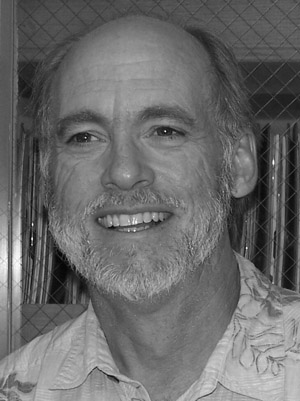 |
Brian Belet’s compositions for acoustic and electro-acoustic media have been performed throughout the United States, Europe, South America and Asia. He has received composition awards from Arts Midwest/Meet the Composer and the Arizona Composers Forum. He is a Professor of Music and Director of the Center for Research in Electro-Acoustic Music at San Jose State University. |
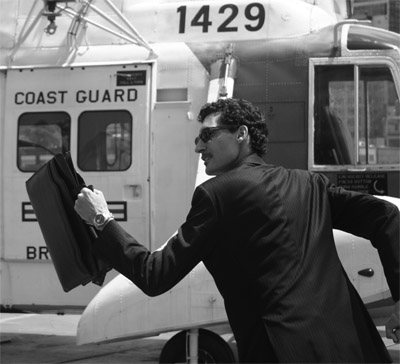 |
Composer Jordan McLean has been active as a band leader and trumpeter for over 15 years, and has collaborated with a diverse multitude of musicians, ensembles and performance organizations at home and abroad. He works as associate musical director for TONY winning choreographer Bill T. Jones on the production of FELA!, and has served as associate conductor for the Grammy winning Orchestra of Our Time. Jordan graduated suma cum laude in composition at SUNY Purchase where he is currently adjunct professor of musicology. This is his tenth year as a visiting artist in NYC public schools. the Ars Brunensis Chorus and the Langroise Trio. Jordan has released two albums as a leader with his group Fire Of Space and his first with the Piano Music & Song Trio; he is co- founder of the electro-acoustic group DROID. As lead trumpeter and charter member of Antibalas he has collaborated with Angelique Kidjo (on her Grammy winning Djin Djin) Medeski Martin and Wood, and TV on the Radio. He has performed in major music festivals in 20 countries and 40 States, and has appeared numerous times on National Public Radio. |
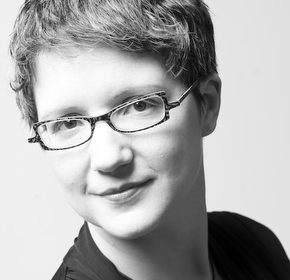 |
Margaret Anne Schedel is a composer and cellist specializing in the creation and performance of ferociously interactive media. Her works have been performed throughout the United Stated and abroad. While working towards a DMA in music composition at the University of Cincinnati College Conservatory of Music, her interactive multimedia opera, A King Listens, premiered at the Cincinnati Contemporary Arts Center and was profiled by apple.com. She is working towards a certificate in Deep Listening with Pauline Oliveros and has studied composition with Mara Helmuth, Cort Lippe and McGregor Boyle. She serves as the musical director for Kinesthetech Sense and sits on the boards of the BEAM Foundation, the Electronic Music Foundation Institute, the International Computer Music Association, the New West for the Cambridge Companion to Electronic Music and her article on generative multimedia was recently published in Contemporary Music Review. Her work has been supported by the Presser Foundation, Centro Mexicano para la Música y les Artes Sonoras, and Meet the Composer. As an Assistant Professor of Music at Stony Brook University, she serves as Co-Director of Computer Music and is a core faculty member of cDACT, the consortium for digital art, culture and technology. |
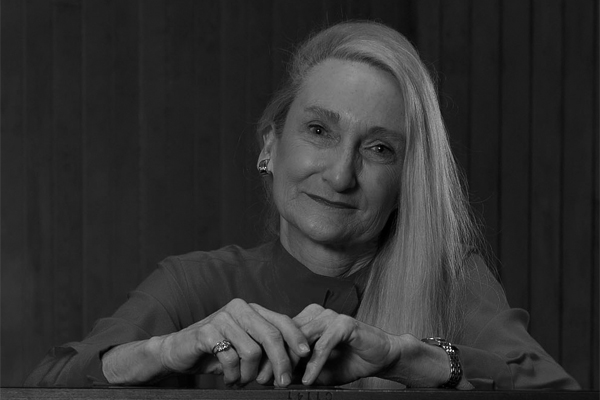 |
Betty Wishart’s music has been performed throughout the United States, and in England, France, Italy, South Korea, and Japan. Currently a member of the music faculty at Campbell University in North Carolina, she has received awards from Delta Omicron, American Pen Women, American College of Musicians, annual ASCAP awards since 1998, and has been recognized in numerous publications including Who’s Who in Music and Musicians. Most recently, she received a 2009 Regional Artist Grant from the Arts Council of Fayetteville/Cumberland County. |
Program Notes: |
|
Composition of Power in ? was begun for pianist Derin Oge for her masters recital at SUNY Purchase in 2006, and is completed with this, it's premier performance. It is composed in the spirit of a broken player piano, meant to highlight Derin's great technical facility and wide range of expression, characterand humor. "?" is in 3 movements, beginning with an "abstract" where our pianist makes choices about length and tempo of phrase. The second movement is a "mechanico", meant to conjure the sounds of a large machine somewhere down a long hallway. The break in the piece comes at the third movement, a setting of an original "lament", titled "The Wayfarer", inspired by the mystic poet Kahlil Gibran. albedo.12 was written for bassist Jessica Powell, and is the first in a series of works for amplified solo instruments using one extended technique from the Berio Sequenzas. This piece incorporates harp pizzicato, the soft sound of which is amplified using a 6-channel speaker to reproduce frequency curves in the sonic radiation pattern of the acoustic instrument. The piece is structured to represent the four phases of the moon. Elements become longer as the moon rises, until, in the last measure, we experience a new moon, and earthshine–the crescent moon when you can see the outline of the entire moon. The name derives from the unitless measure of a surface's diffuse reflectivity. Contrary to the countless romantic poems about the moon, its albedo is .12—roughly equivalent that of dirt. The Sonata originally ended with the arm cluster. It was more of an unanswered question. Having attained a major goal, is that the end, or is there something else? Only after answering that, did I add the concluding Adagio section. The Sonata can thus be analogous to the stages of life. The music of Federico Mompou sets the artistic direction of this trumpet (Jordan McLean), cello (Anneke Schaul-Yoder) and piano (Derin Oge) based group. Music of the 12th century Troubadours, Siberian folk songs, Charles Ives, Samuel Barber and Mr. McLean's original work round out the groups' repertoire. Performances include concerts at John Zorn's Stone, The Anthroposophical Society of New York, Renaissant Arts' SoHo Salon and cafes and clubs around the greater NY Metropolitan Area. Drei Kinderstucke was composed in 2004 for Janis Mercer and the work is dedicated to her. Composed in response to Anton Webern’s Kinderstuck (1924), the three short works utilize the same 12-tone row that Webern used for his composition, and strict serial procedures were maintained throughout. Sonata refers to the Baroque form, “a sound piece”, not to the mature “sonata-allegro” structure. Written without time signature, key signature, or measure markings, only tempo changes separate the sections. Listeners often ask if the sonata is based on a tone row. The answer is “no”. The piece is based on four intervals (second, fourth, seventh and ninth) that appear not only as a single note melody but also within chords. Remembrance covers a depth of human experience in a very short time. From the opening statement of melancholy and anguish set in a minor key, to the lyrical section in major keys, and the concluding outburst and quiet resolution, the music takes us through a journey of loss, recollection and grief. The ending leaves the listener with a quiet statement of the dissonance loss causes, yet with hope in life. Toccata II is a virtuosic piece that plays with seconds, sevenths and fourths in various rhythmic combinations. The driving rhythm is often punctuated by “pauses” and chordal sections that provide breaks for the listener as well as the performer. It is a work that requires not only fast fingers, but also excellent wrist technique. |
|
Vox Novus exists to promote the composers, musicians, and producers of contemporary music. To accomplish this, Vox Novus sponsors concerts and a core group of musicians who perform New Music. The Vox Novus community also allies itself with other organizations to hold many concerts in different regions throughout the world. Through these alliances, we promote concerts in an exchange of talent, ideas, and resources. The music community has a long tradition of being pan-geographic, and this idea has only reinforced the concert process. Eager audiences are recruited from different areas of the world and thus further the exposure of contemporary music. The Internet is the new frontier for the contemporary composer. The ability to connect a single individual to billions around the world is among the greatest innovations to come to the human race. Vox Novus is connecting our members with interested individuals throughout the world via the Internet. Through its website, Vox Novus provides resources to the contemporary composer, public access to the new music of its members and an effective means to distribute their work. Our website, which attracts hundreds of visitors each day, is offered in both English and Spanish, and will soon offer French and Portuguese to include all of the official languages of the Americas. While this has been accomplished on a limited budget, our vision for the future is almost without limit. We are creating a community in which contemporary music in accessible scores is easy to find, listen to, read, and procure. This community also provides composers with the opportunity to promote music easily while allowing them to choose to make entire works free for the public to listen to and read, make excerpts available with the complete score restricted for purchase on request, or to keep their scores completely restricted, with only the description and instrumentation available with inroads as to how the composition can be acquired. Our goal to distribute music is not only for the benefit of the composers, but also to support musicians and audiences. In the 21st century, musicians and composers use the technologies of contemporary society. Reliance on royal patronage, or academia is no longer viable for the contemporary artist. As society and technology change, we too must change. All over the world, composer collectives are bringing vitality and creative opportunities to contemporary composers and the audiences they wish to reach. These exciting new works of art must be performed and heard for the cycle of creativity to be completed. A society thrives when musicians are free to express themselves through their work. Just as Robert Schumann, in his time, championed Chopin and Brahms, we too are championing the work of our composer members. |
| Brought to you by | |||
 |
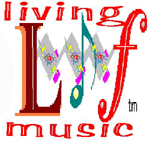 |
||
| Funding by | |||
 |
|||
| Funding also provided by the Puffin Foundation, "...continuing the dialogue between art and lives of ordinary people." | |||
| Home | ||||||||||||
| Calendar | ||||||||||||
| History | ||||||||||||
| Opportunities | ||||||||||||
| Vox Novus | ||||||||||||
| Site Map | ||||||||||||
| Contact | ||||||||||||
| Hosted by Malted/Media and Kalvos & Damian's New Music Bazaar | ||||||||||||
![[ Vox Novus - the new voice for contemporary music ]](http://www.voxnovus.com/img/Vox_Novus_Logo_black.png) | ||||||||||||
![[ Composer's Voice ]](http://www.voxnovus.com/img/Composers_Voice_Collaboration_Logo.png) | ||||||||||||